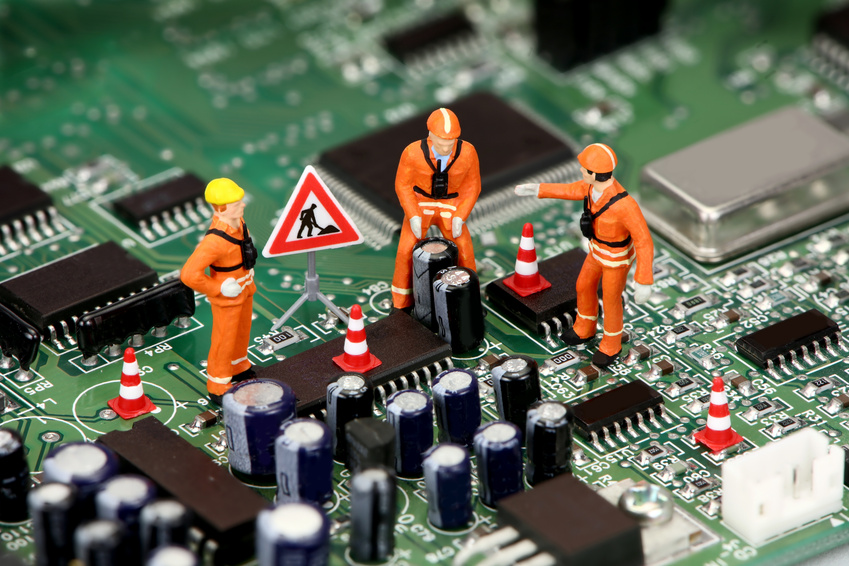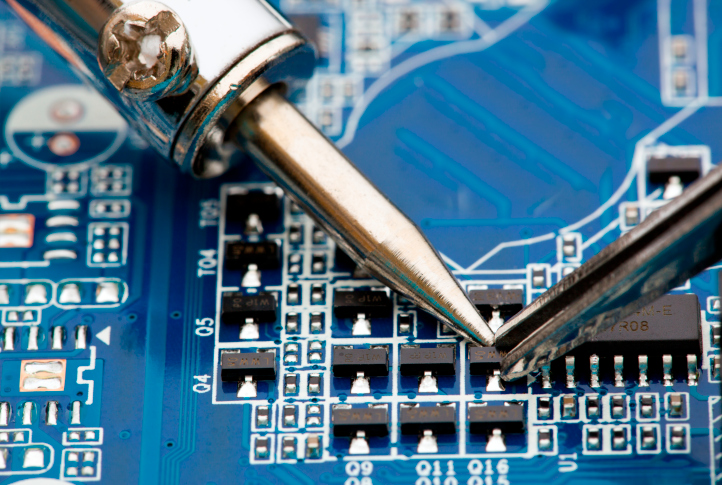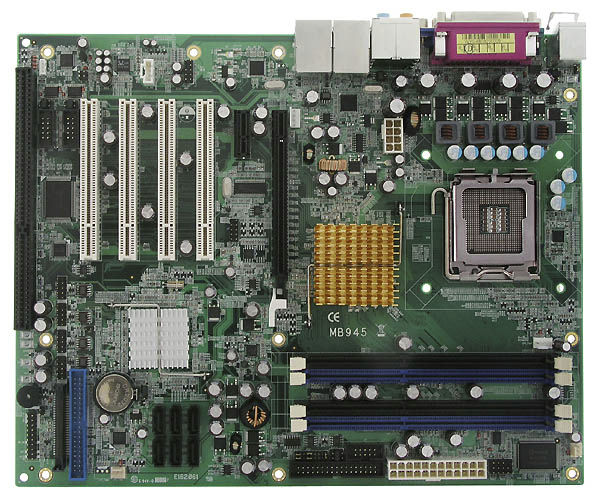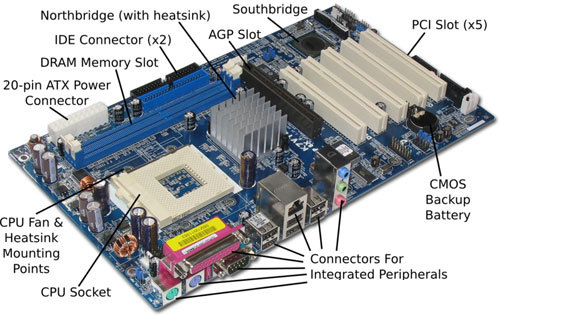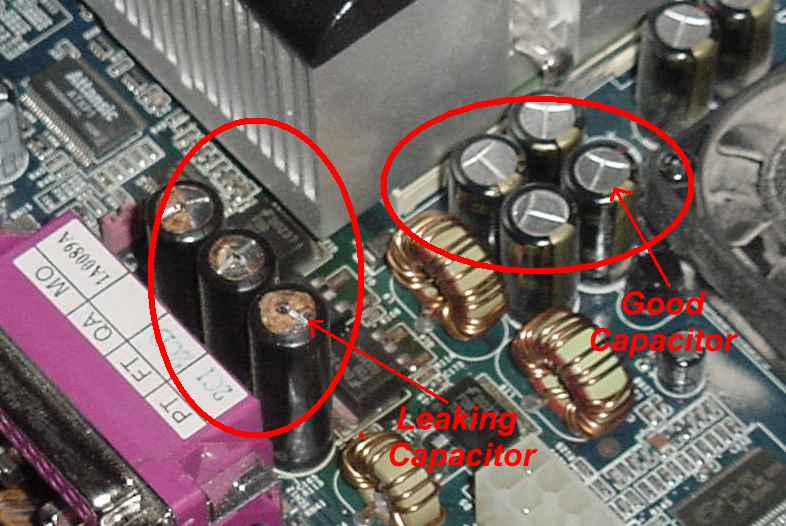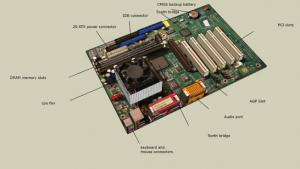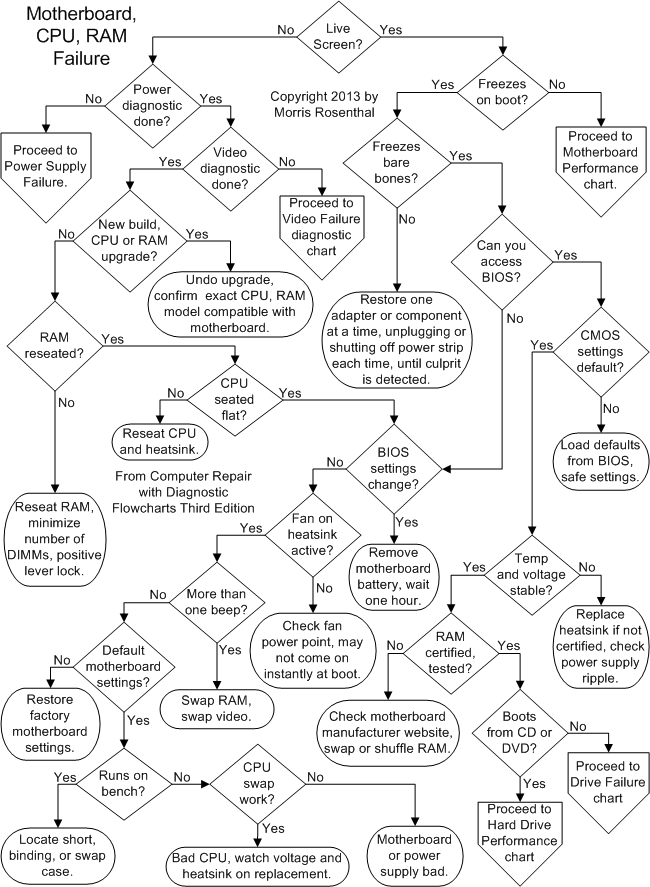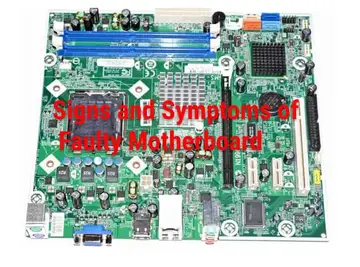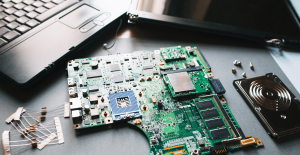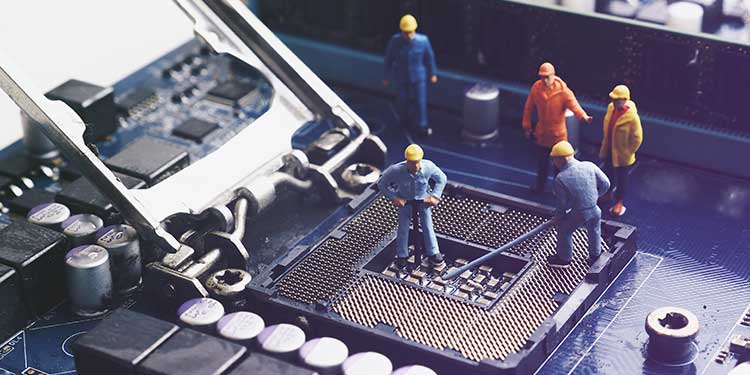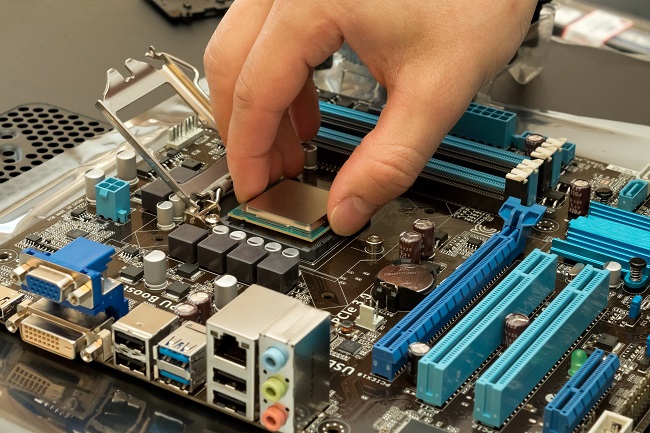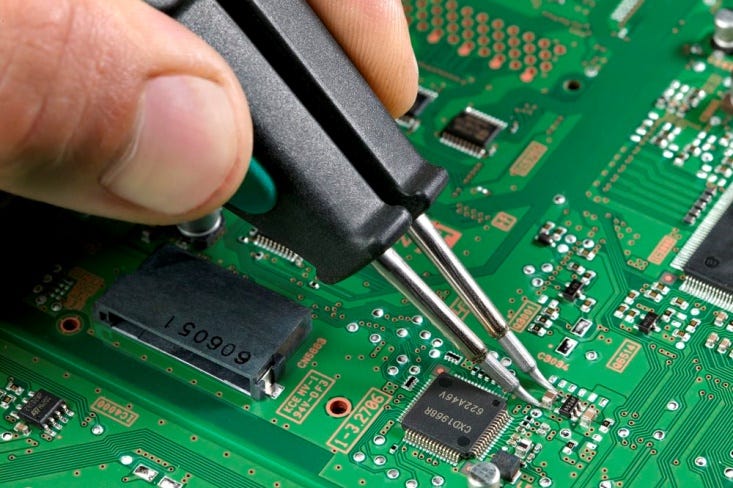Underrated Ideas Of Tips About How To Diagnose Motherboard Problems

How to test a motherboard with a multimeter?
How to diagnose motherboard problems. Supplying power to the motherboard. Reseat the cpu, adapters, and memory chips. You should never poke or prod a motherboard while the computer is running.
If the machine boots, replace the cards one by one until it doesn’t. The main cause of motherboard problems or disappointments is a blown or swelling capacitor. Verify the voltages connecting the motherboard to the power source.
Check that all power cables are securely. Measure the voltage with a multimeter at 20 volts dc. Remove unnecessary adapters and devices and boot the computer.
I removed the cpu fan and observed i did a good job with the thermal. Below is a listing of these recommendations. There are different ways to test and troubleshoot your computer's motherboard and cpu to determine if it's bad or has flaws.
The symptoms of a motherboard problem can vary depending on the specific motherboard, but usually a few symptoms include incorrect power consumption, system instability, and difficult. Check the video card to ensure it is properly plugged into the motherboard, and that there are no bent pins on either the card or the socket itself. Even after scanning if the issue persists, then possibly this is an indication of a failing motherboard.
Check the bios settings, inspect for. If your system seems to be freezing or glitching more than before then you might have problems with your motherboard. Check to see if the fan on the cpu or motherboard is running.
